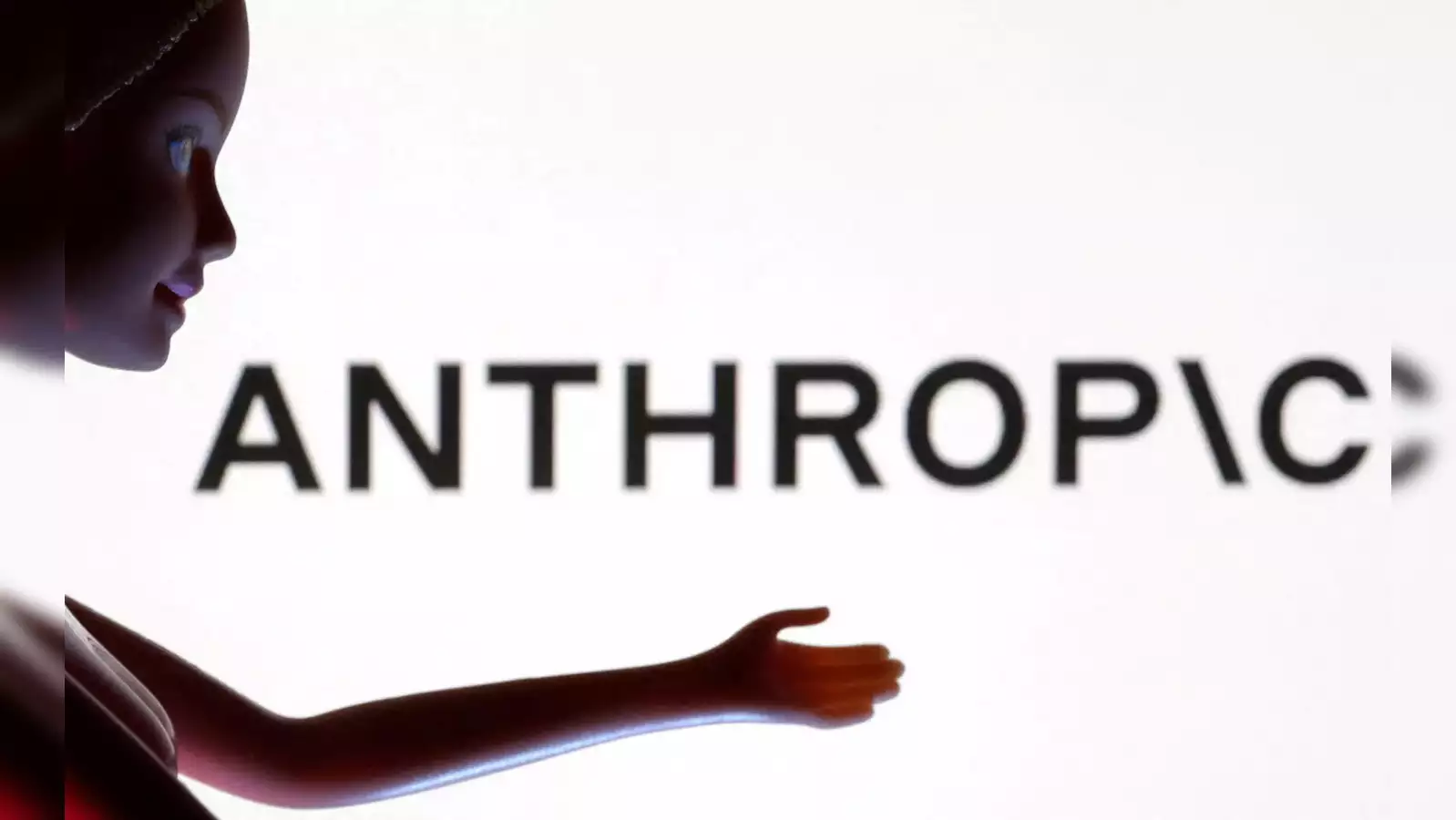Anthropic’s Tool Use: An AI Agent Programmable for Specific Tasks
Anthropic has introduced a new feature for its Claude-3 AI models called ‘Tool Use’ (or Function Calling), aimed at enhancing the AI’s capabilities by enabling it to interact with external tools and APIs. This functionality allows Claude-3 to perform specialized tasks tailored to user needs, such as scheduling meetings based on participant availability or conducting in-depth analysis of financial data for predictive insights.
Understanding Anthropic’s Tool Use Feature
The Tool Use feature essentially functions as an AI agent that extends Claude-3’s capabilities beyond traditional chatbot interactions. Unlike general-purpose AI models that offer broad functionality with varying degrees of accuracy, these AI agents are designed to be specialists in specific tasks. Users can integrate external databases and APIs into Claude-3, empowering it to execute complex operations and provide more precise responses.
Functionality and Implementation
Anthropic’s approach with Tool Use differs from other AI models like those developed by OpenAI, Google’s Gems, or Microsoft’s Copilot, which rely on natural language prompts for interaction. Instead, Tool Use requires users to incorporate API functionality directly into Claude-3 through coding. This approach may limit accessibility to those proficient in programming, but it offers unparalleled flexibility and depth in task execution.
Applications in Real-World Scenarios
In practical terms, businesses and individuals can leverage Tool Use to automate workflows and streamline decision-making processes. For instance, financial analysts can use Claude-3 equipped with Tool Use to analyze market trends and recommend investment strategies based on real-time data from financial APIs. Similarly, educators could develop AI agents within Claude-3 to create personalized learning experiences for students by integrating educational databases and tools.

User Interaction and Feedback
Anthropic encourages feedback and collaboration from users to refine the Tool Use feature and expand its capabilities. By incorporating user input, Anthropic aims to continuously enhance Claude-3’s functionality and adaptability, ensuring it remains at the forefront of AI innovation.
Future Developments
Looking ahead, Anthropic plans to further develop Tool Use and integrate more advanced functionalities into Claude-3. This evolution aims to meet growing demands for AI-driven solutions that not only automate routine tasks but also provide intelligent insights and decision support across diverse industries.
Conclusion
Anthropic’s rollout of the Tool Use feature represents a significant step forward in AI technology, offering users the ability to customize Claude-3 for specific tasks through API integration and coding. As businesses and developers explore its potential, Tool Use promises to unlock new possibilities in automation, data analysis, and personalized user interactions, reaffirming Anthropic’s commitment to advancing AI capabilities in meaningful and innovative ways.

















